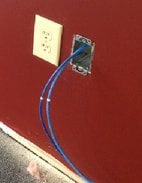
But if you have a small business, it’s an entirely different proposition these days, especially if you’re blissfully unaware of the changes time has wrought in the phone business – even when it comes to the phone that sits on your desk, stays put and doesn’t fit in your pocket or purse, take pictures, track your whereabouts or have that super-smart (but clearly very tiny) young woman inside the thing answer most any question you care to come up with.
The changes began in the early ‘80s, when the government broke ginormous AT&T Corporation into an array of regional Baby Bells. That led to more competition – especially as the underpinnings of the communications business became so utterly transformed by digital technology over the next 20-plus years, vastly enlarging the competitive playing field and enabling an infinite variety of whiz-bang phone features.
Recently, I had the opportunity to help start a retail store (one reason why the frequency of my blog posts has decreased so much in the last few months). We began with four blank walls and a carpeted floor, did some minor construction work, applied some paint and started inquiring about a phone system, which seemed relatively straightforward on the surface. But it turned out more like comparing apples and kumquats; they both grow on trees but there the similarity ends.
First up was Time Warner Cable, not one of my favorites. However, the lady who represented them on the phone was delightful and well acquainted with her system’s many features. She also was eager and efficient about giving me a quote, which I thought included the phones. We also conversed with Vonage, who clearly did include the phones. The competitors' prices were similar, as were many operational features, which lulled me into thinking that they were more alike than not. So we decided to go with TWC, arranged for installation and went about tackling other tasks.
It wasn’t long before the TWC tech showed up and hid himself away in our utility closet for a while, busily making sense of the jumble of wires and connectors the previous tenants had left behind. When he was ready to go, he told me what our phone numbers were and how to access the Wi-Fi, after which he packed up his tools and got ready to hit the door.
“Where are the phones?” I asked in complete and total ignorance.
“We don’t provide the phones.”
“What?!”
“We just connect the phone lines up to your system here.”
“WHAT?!”
“You’ve got to buy the phones from somebody else.”
He might well have told me that I had to materialize the phones out of thin air.
“And what about the wall jacks?” I asked, not really wanting to hear the answer.
“You’ll have to call in an electrician to do that,” he said, climbing into his truck and heading off to lunch. “Good luck!”
So we called in an electrician, who did a masterful job pulling bright blue wires from the utility closet through the walls to the two desks that were supposed to have phones on them. Then he, too, headed off into the lovely autumn weather, leaving the ends of the blue wires sticking out of the wall at both spots, with a small pile of wallboard dust on our just-cleaned carpet as if to prove that he’d been there and done something.
I never did get to talk to that guy, but I’m sure had I inquired about where the wall jacks were, he would have informed me in the matter-of-fact way that tech people sometimes talk to non-tech people that “We don’t do wall jacks. You’ll have to call somebody else.”
I should have known. So then I got busy Googling up an IT person who might consider installing two wall jacks in a tiny retail store. And actually found one, who proved both helpful and instructive; he even straightened out some stuff in the utility closet that he declared hadn’t been done quite right by TWC.
Kazaam! We were almost in business.
So I called the helpful TWC sales person with the pleasing manner and asked her how I’d missed that they didn’t supply the phones.
“Oh, a lot of people ask that,” she said. “You can get phones at the Big Box store if you like. We only provide the phone lines and the phone system – not the phone itself.”
That’s when it hit me that the features TWC sold as part of their “Business Class Phone” reside in their software, not in the instrument that sits on your desk. I almost felt shamed to have missed that bit of information, but then again, isn’t it logical to assume that if your product is called Business Class Phone that you’d actually be INCLUDING one as part of the deal?
Apparently not. You’re actually buying Business Class Software! And I did, indeed, head across the street to Office Depot and buy a phone, which works just like TWC advertised.
Then I got thinking what would have transpired had the nice TWC sales lady communicated all that stuff up front? Would that have been a competitive advantage for her company? Would my experience have borne out the Marketable Truth© of their tagline (Enjoy Better)? Probably not – and to give Vonage credit (The Business of Better), they did tell me in advance that they didn’t provide the phone lines, only the phones themselves (plus their version of feature-laden software).
Of course, none of this confusion should rest on my broad shoulders, right? Believe that and I’ve got a copier story to tell you, too … maybe next time!
Marketable Truth © by Brian E. Faulkner Content © by Brian E. Faulkner
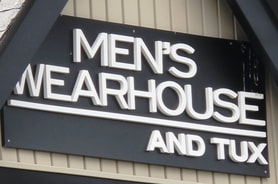
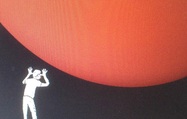

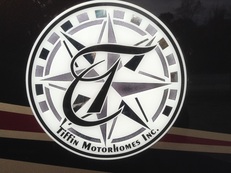
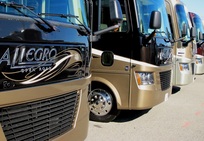
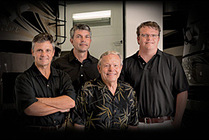

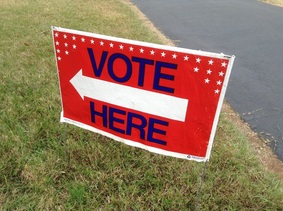
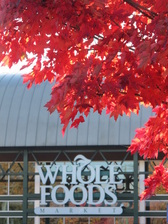
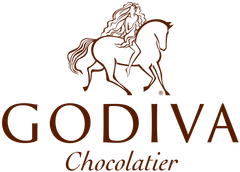
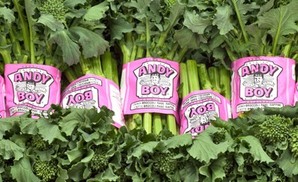
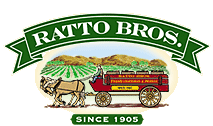
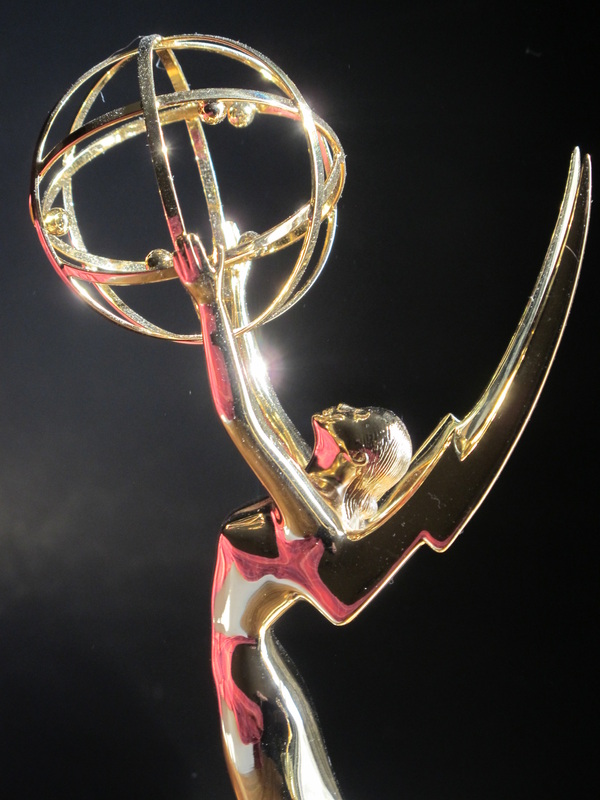
 RSS Feed
RSS Feed